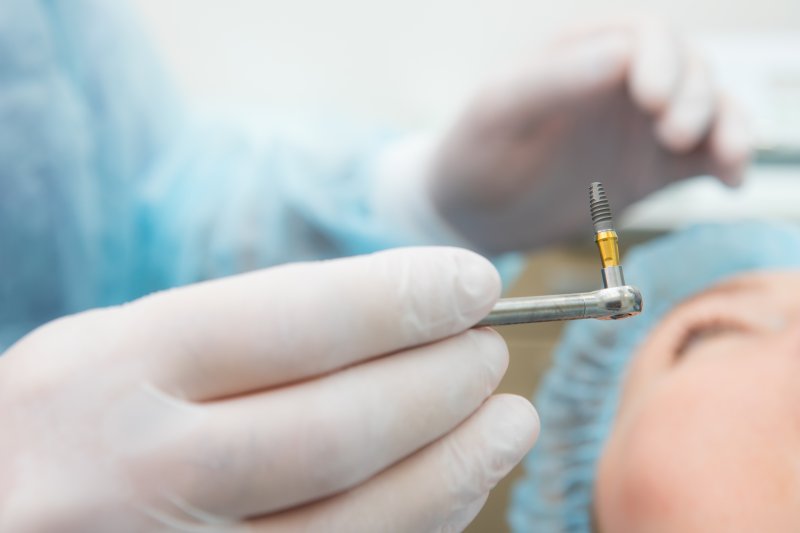
When talking to your dentist about various treatments, technology, or techniques, it can be hard to understand some of the terminology that is used. Unless you attended dental school or have an interest in dentistry, you may feel out of the loop when talking to your dentist. This is especially true when it comes to dental implants. If you are getting ready for your initial consultation and want to be better prepared, learn the meaning of certain terms so that you have a clear understanding by the time you leave their office.
Implant
An implant is one of three intricate parts that make up the entirety of a dental implant. Similar in appearance to a screw, it is placed within the jawbone and delivers the same kind of support and stimulation as a natural tooth root. Over time, it will fuse with the bone and nearby tissues, creating a firm base for which the new restoration can be put into place.
When properly cared for, implants can last a lifetime.
Abutment
An abutment is a small connector appliance that attaches to the top of the implant after it is fully healed. This simple piece helps hold the restoration in place once it is secured to the implant.
Restoration
This is the customized dental crown, dental bridge, or full or partial denture that is crafted for your smile and secured in place during the final stage of treatment. Your dentist will capture impressions of your smile earlier in the process so that lab technicians have time to build your new teeth and have them ready in time for placement.
Osseointegration
Osseointegration is the timely process that involves your dental implants fusing with your jawbone after dental implant surgery. This generally takes anywhere from 4-6 months. This stage of treatment is essential and must be successful if your implants are to remain strong, durable, and long-lasting.
Titanium
This is the most common material used to create dental implants. Although ceramic and zirconia are alternative options, titanium remains the most popular because it’s lightweight and fuses well with the underlying bone. It is also a suitable option even if you are allergic to metal, as most patients do not experience any kind of allergic reaction.
Bone Graft
A bone graft is a procedure that is often required when a person lacks sufficient jawbone density. If your dentist believes you could benefit from this type of procedure, they will open your gums to expose the bone and use grafting material from another part of your body or a donor and integrate it with existing bone to create a denser foundation for your future implants.
You don’t have to remain in the dark when discussing dental implants with your dentist. By learning a few key terms and understanding what they mean, you can begin to feel more comfortable and confident in the kind of treatment you are preparing to receive.
About our Author
Dr. Erika Belle is a dedicated dentist who is pleased to be a part of the Valer Dental & Braces team. Earning her dental degree at Creighton University School of Dentistry, she has completed more than 60 hours of advanced training in dental implants, allowing her to provide start-to-finish treatment in-house. When meeting with patients to discuss their interest in these prosthetics, she believes in making sure they fully understand the terminology and process that’s required when working toward a permanent smile. If you would like to learn more about dental implants and whether they might be a good option for you, visit our website.
